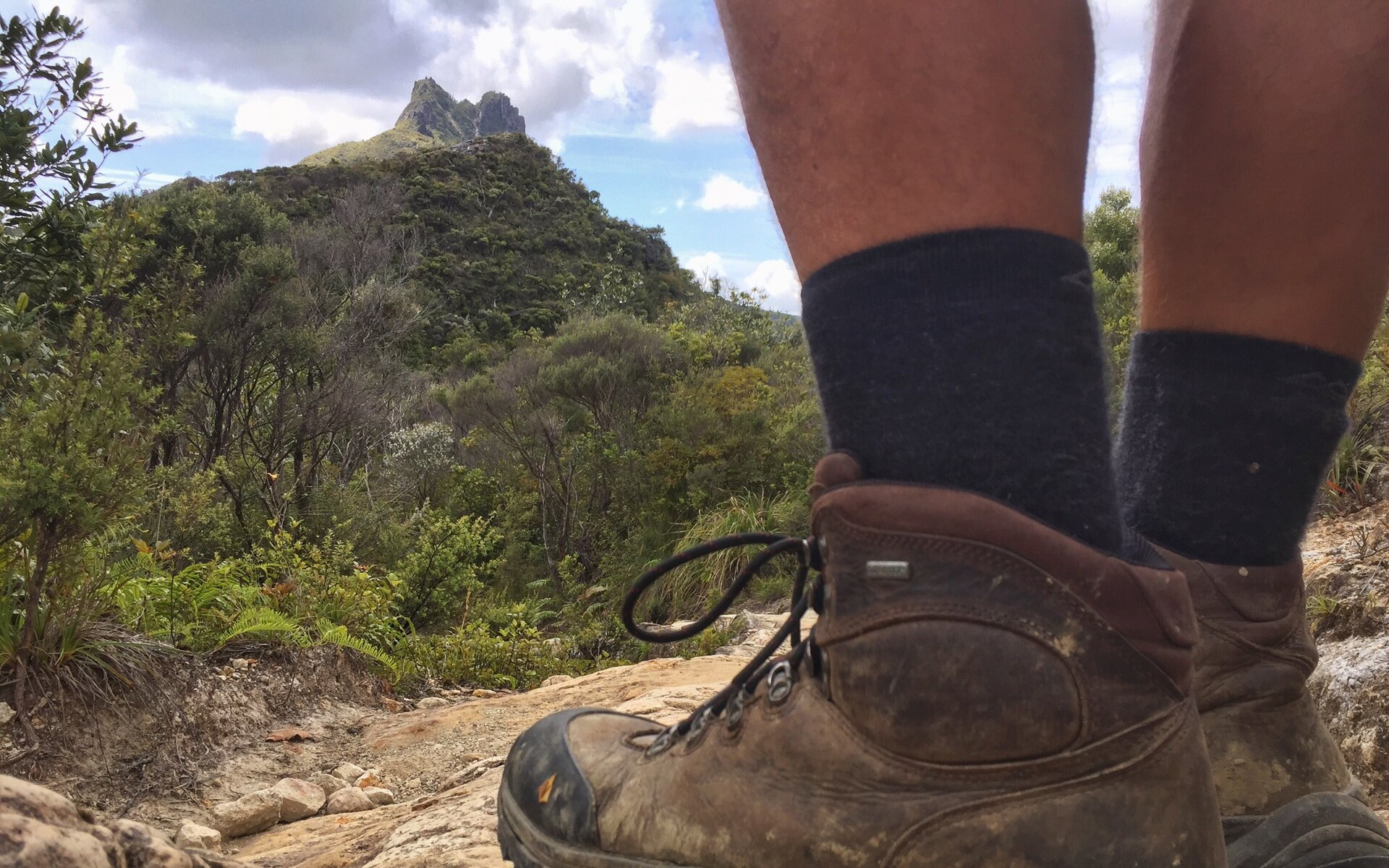We are extremely lucky in New Zealand to be blessed with a largely temperate climate compared to many other countries. In the North Island particularly, our tracks and trails can mostly be walked all year, with the exception of the central plateaux in winter where you'll definitely need crampons for alpine treks.
While the far north and Coromandel have subtropical weather during summer, for the most part our summers are very mild. Daytime temperatures range between 21 and 27 degrees celcius in the summer months for most of the North Island, and rarely exceed 30 degrees celsius.
Although these are perfect conditions for hiking, there are still a few key facts and tips we want to share with you so you can be prepared for your summer hiking trip here.
When is summer in New Zealand?
Most Kiwis (New Zealanders) have noticed a shift in the seasons in the last decade or so. Christmas time used to be the middle of summer, with warm, sunny weather guaranteed. These days, summer seems to run from December through until the end of March - even April can see some lovely warm weather. Booking a hiking trip within these months is your best chance of getting good weather. March is technically autumn, but take it from a local - it's one of the best times of year to hike!
Peak season: Kiwis go on holiday too!
Although your best chance for nice weather is between December and March, watch out for peak season which runs from just before Christmas, until the start of February when the school children head back to classrooms.
If travelling on our roads over this peak period, always allow extra time to get to the start of your hike as there are many more people on the roads. This is especially true of well-known and popular tracks - New Zealander's love to get out and walk their own backyard in summer!
Daylight savings
Another added benefit of hiking over summer is the extended daylight hours. Summer solstice, or the longest day in the Southern Hemisphere is on December 22. We love taking advantage of these long, balmy evenings with a couple of brews and a classic Kiwi barbeque (barbecue, barbie, BBQ). But these longer evenings also mean that later hiking starts are possible. Although we would always advise you leave a few spare hours at the expected end of your hike just to be on the safe side.
Don't underestimate the heat here
Although we have relatively mild summers compared to many countries (parts of Europe, South America, Australia), never underestimate the heat and humidity here, especially when hiking. New Zealand is a land of hills and mountains, with very little 'flat' country. When you hear a Kiwi say a track or trail is pretty 'flat', what they mean is it's 'Kiwi flat'. This actually means undulating where total elevation gained might be quite a lot over the walk, but because it's not a mountain, it's a 'flat track'.
The moral here - take plenty of water, 2-3 litres for a full days walk. Hikes can be demanding with lots of up and down. Take extra water, even if the distance seems relatively short or normal. You can drink the water from streams in New Zealand but best to take water purification tablets or boil water to be sure as there are many farms surrounding our tracks and trails.
Burn baby burn
We are very lucky to have plenty of shade cover in north island thanks to our beautiful native New Zealand bush and forests. Although many of our walks have large sections of closed canopy with shade from the sun, it only takes 10-12 minutes to get sunburnt in New Zealand over summer.
Thanks to a giant hole in the ozone layer over the South Pole that overlaps New Zealand and gets larger in summer, our UV rays are particularly strong and have caught many a traveller (and Kiwi!) out. We recommend a SPF50+, and carry it in your pack to re-apply after a cheeky wee dip in a stream or paddle in the ocean along your journey.




